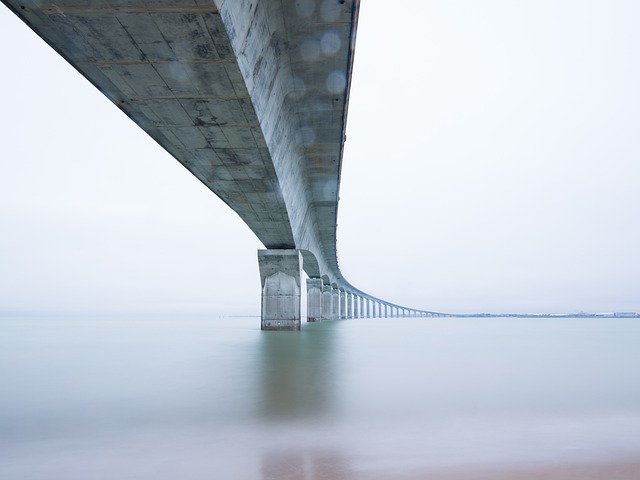Bridging Art and Design: Exploring the Beauty of Bridge Construction
In the world of bridge construction, the intersection of art and design creates structures that transcend mere functionality. Bridges are not just utilitarian elements that connect two points; they are stunning feats of engineering that evoke emotion and inspire awe. As we explore the beauty of bridge construction, we uncover how these architectural wonders harmonize with their surroundings, showcasing both creativity and innovation.
The Artistic Essence of Bridges
Bridges often serve as iconic landmarks within a community, carrying profound meaning and cultural significance. Think about the Golden Gate Bridge: its vibrant color and sweeping lines are not just a method of crossing the bay; it’s a symbol of San Francisco itself. This artistic essence is captured in the careful consideration of forms, materials, and colors during the design process. Each design choice reflects a dialogue between the bridge and its environment, making each structure unique.
Design as a Reflection of Functionality
The beauty of bridges lies in the delicate balance between art and engineering. Designers must consider both aesthetic appeal and the scientific principles that will ensure safety and durability. This intricate dance requires an understanding of materials, load distribution, and environmental conditions, while also creating a visual narrative that speaks to the viewer. The elegance of a suspension bridge, for example, arises from its minimalistic approach, where the architecture is stripped down to its essentials, revealing its true beauty.
The Role of Nature in Bridge Design
Nature plays an influential role in shaping the design of bridges. Landscape architects and civil engineers collaborate to ensure that new structures complement existing ecosystems and enhance the natural beauty of their surroundings. The blending of built environments and nature results in designs that invite both admiration and admiration for the surrounding landscape. Whether it’s a bridge mimicking the contours of a river or one that gently arches over a valley, the integration of natural elements highlights the artistry of bridge construction.
Innovative Materials and Techniques
Advancements in technology have propelled bridge construction into exciting new territories. The exploration of materials such as carbon fiber and eco-friendly concrete not only extends the lifespan of bridges but also allows designers to experiment with bold shapes and forms. Innovative techniques like 3D printing and parametric design enable architects to push the boundaries of what’s possible, resulting in structures that are not only stunning but also sustainable. The synergy between art, design, and technology in bridge construction opens up limitless possibilities for future creations.
The Impact of Bridges on Communities
Bridges have the remarkable ability to connect communities, fostering relationships that transcend geographical barriers. They are more than just pathways; they become gathering places where people come together to share experiences. Bridges can also rejuvenate local economies by improving access and encouraging tourism, further demonstrating the significance of thoughtful design in the realm of architecture.
Ultimately, bridge construction encapsulates the essence of what it means to blend art and design harmoniously. As architects and engineers continue to innovate, we can anticipate a future filled with breathtaking designs that inspire and uplift, bridging not just landscapes, but also our collective human experience.




